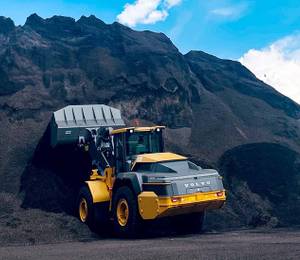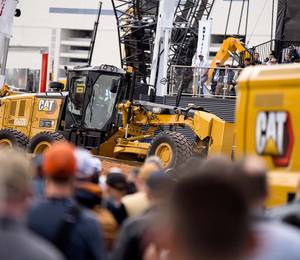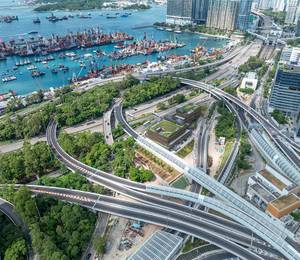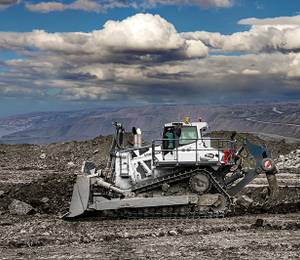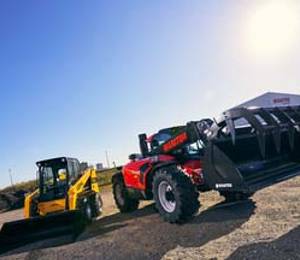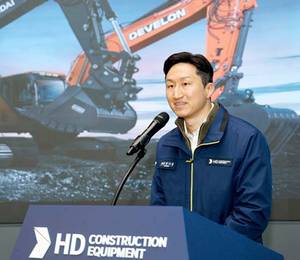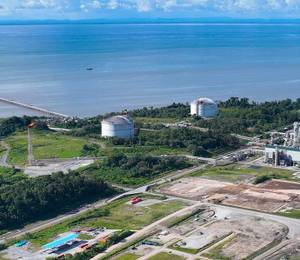The Izu peninsular in Japan has been designated as a protected area and geological park by UNESCO in 2018, characterised by its hills and features of volcanic origin covered by rich, lush vegetation. From the town of Izu Nagaoka, visitors can take a cable car at the Panorama Park to the summit of Mount Katsuragi, where they can admire a view of Mount Fuji on the right and the Bay of Suruga on the left.
The summit of Mount Katsuragi attracts a lot of tourists every year and, with the Izu peninsula being the site for the indoor cycling events during the 2020 Olympic Games, the number of visitors is expected to increase.
In preparation for the event, the company that manages the cable car - Dainici Izu no Kuni City Panorama Park - decided to extend the carpark at the departure station by 1,500 sq m. This new extension was made from roller compacted concrete (RCC), so it has high mechanical properties and durability.
The mix for the concrete (cement, aggregates and a small amount of water) was prepared in special mixing units that disperse the water evenly throughout the mixing process, in order to form a consistency similar to that of damp earth.
Once mixed, the concrete was transported to site on trucks and then offloaded, spread out and distributed in layers of between 10- and 20-cm-thick. Soon after that, the compaction phase started.
Returned concrete
The need to safeguard the environment around the cable car station meant all the work carried out had to have a minimum impact on the environment and maximum use of recycled materials.
As a result, the surfaces for the new carpark were built using RCC with low cement content and only recycled aggregates from the recovery process of returned concrete, that is, concrete that hasn’t been used on site and is returned to the production plant while still fresh.
Returned concrete typically represents the largest amount of residual material at the concrete manufacturing plant and accounts for around 3% of the total production. Disposing of returned concrete in landfill sites would bring a negative impact on the environment, releasing about 267 kg of CO2 per cubic metre of concrete.
Now, with the Re-Con Zero Evo admixture from Mapei, it is possible to recover all returned concrete by transforming it - in just a few minutes - into an aggregate mix that can be reused to produce new concrete.
Mapei’s sustainable admixture
The Re-Con Zero Evo admixture, developed in the Mapei R&D laboratories, allows the sustainable recovery of returned concrete. When this admixture is added to returned concrete in a mixer truck, or in any other suitable mixing system, in the space of just a few minutes the special additives of the product absorb any free water present and ‘dry’ the concrete, turning it into a mix of aggregates without generating any waste.
Such a sustainable, innovative solution clearly offers many advantages. The production of aggregates from returned concrete minimises the acquisition of natural aggregates, which in turn limits the depletion of raw materials from natural sources. It also eliminates the use of landfill sites, which further reduces its impact on the environment by reducing the amount of CO2 produced.
The construction of the new carpark was undertaken by Nagaoka Ready-Mixed Concrete NR-Mix company, a distributor of Re-Con Zero Evo in Japan. A total of 170 cu m of RCC was placed, with a dose of just 69 kg/cu m of cement and 2,220 kg/cu m of recycled aggregates, thanks to the use of Re-Con Zero Evo.
Overall, the project used approximately 380 t of recycled aggregates from returned concrete, leading to savings of around 100 t of CO2 emissions.
(The article courtesy of Realta Mapei International no. 76)
